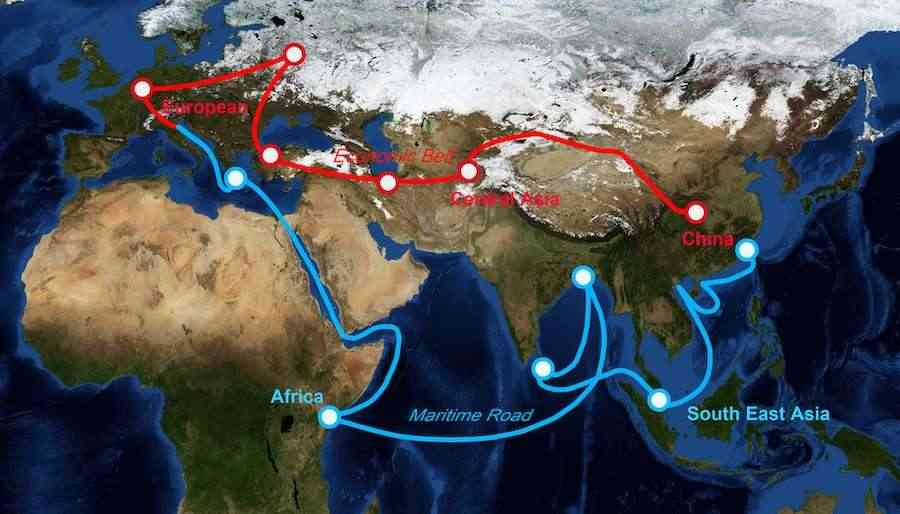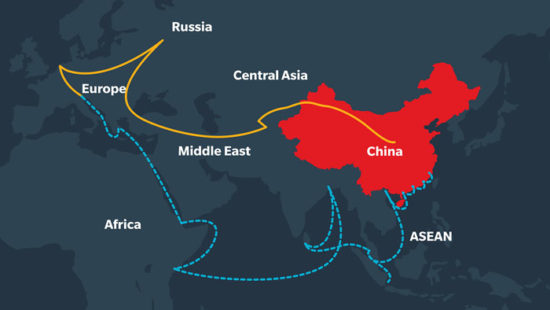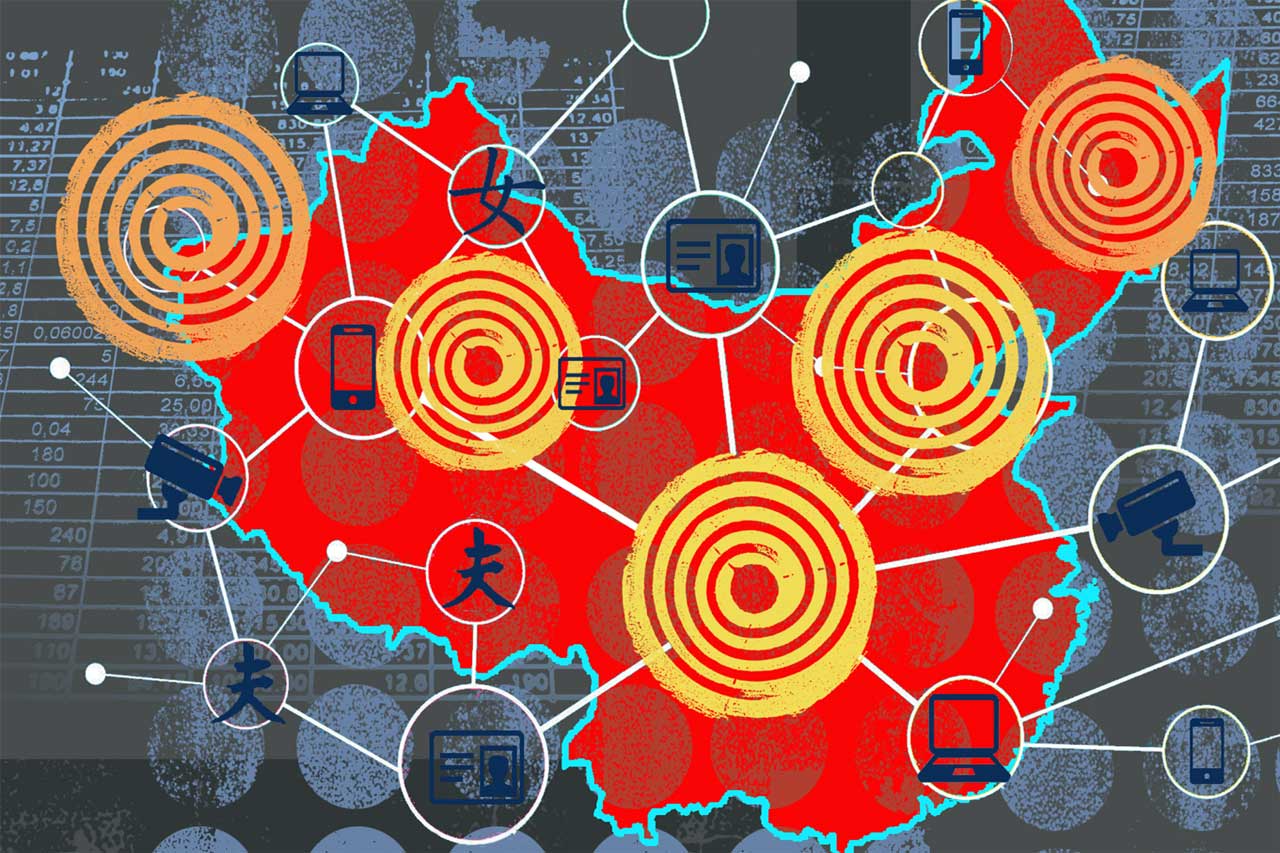With inflationary pressures and global tariffs continuing to impact the retail landscape, major players like Target are being forced to innovate—not just to stay competitive, but to preserve profitability. In Q1 2025, with margins under pressure due to renewed tariffs on Chinese and Mexican imports, Target has unveiled two major private label brands: one centered on household essentials and the other on affordable wellness products. To combat rising import costs from new tariff, Target introduces two new private label brands in 2025 focused on wellness and household essentials. Here’s how this strategic move supports margins and customer loyalty.
This strategic pivot comes at a crucial time. According to Target’s latest earnings report, the company experienced a 0.9% decline in net profit margins, citing elevated costs for imported goods. By launching private labels, Target aims to exert more control over its supply chain, pricing, and product differentiation.
This blog explores how Target’s move fits into broader retail strategies, what it means for consumers, and how private branding is helping companies adapt in the era of trade disruptions. We’ll also hear from procurement expert Mattias Knutsson about why this move is more than just reactive—it’s visionary.
The Context: Tariff and Margin Squeeze in 2025
In early 2025, new U.S. tariffs on goods from China and Mexico hit retailers hard. Categories such as electronics, furniture, and consumables were particularly affected.
Recent U.S. Tariff Policy Summary (2025)
| Country | Product Category | New Tariff Rate | Impacted Retail Segment |
|---|---|---|---|
| China | Small Appliances, Toys | 25% | Household goods |
| Mexico | Packaged Foods, Toiletries | 20% | Grocery and wellness |
The National Retail Federation (NRF) estimates that these new tariffs have raised average input costs for retailers by 8–12% across impacted categories. Retailers like Target have had to either absorb these costs or pass them to consumers—both of which come with strategic downsides.
Target’s Response: Launching Private Label Brands from new Tariff
Rather than raise prices across the board or cut SKUs, Target has opted for a brand-forward strategy: create in-house brands with full control over sourcing, quality, and pricing.
New Brands Announced in 2025:
- “Evergrove” – Household Essentials
- Includes cleaning supplies, kitchen paper goods, detergents, and reusable containers.
- Targeted at price-sensitive consumers.
- Sourced primarily from Southeast Asia and Latin America to avoid tariff-heavy zones.
- “ThriveWell” – Affordable Wellness
- Focuses on vitamins, supplements, personal care, and eco-friendly hygiene products.
- Emphasizes sustainability and transparency.
- Built in response to Gen Z and Millennial wellness trends.
Tariff Private Label Brands Strategy: Why It Works
Private label products have become a proven strategy to offset external cost pressures and improve customer stickiness.
Private Label Market Growth (U.S.)
| Year | Private Label Share of Retail Sales (%) |
|---|---|
| 2020 | 17.1 |
| 2022 | 19.3 |
| 2024 | 21.0 |
| 2025 | 22.6 (est.) |
Benefits of private labels for retailers:
- Higher margins (20–30% more than national brands)
- Supply chain control and flexibility
- Product customization and speed-to-market
- Enhanced customer loyalty through brand identity
Customer-Centric Branding: Meeting Evolving Needs
Consumers in 2025 are more price-conscious but still prioritize quality, ethics, and transparency. Target’s new brands are engineered to meet these needs:
- Evergrove emphasizes practical affordability and convenience.
- ThriveWell incorporates recyclable packaging, cruelty-free certifications, and clean label standards.
In surveys conducted by Deloitte in 2025, 64% of shoppers said they were open to switching from national brands to store brands if quality and values aligned.
Retailer Financial Strategy in Focus

Target’s CFO, Michael Fiddelke, addressed the brand rollout in the Q1 2025 earnings call:
“We’re taking deliberate action to reshape our assortment strategy. With Evergrove and ThriveWell, we’re not just defending margin—we’re creating long-term growth levers.”
Target expects the two brands to generate a combined $1.1 billion in revenue by the end of FY 2025, with gross margins expected to exceed 34%.
Operational Shifts and Sourcing Recalibration
Target’s private label strategy is underpinned by a revised global sourcing network. Key operational changes include:
- Shift from Chinese suppliers to manufacturers in Vietnam, India, and Mexico.
- Nearshoring select wellness products to U.S. and Canadian partners for faster delivery.
- Investment in proprietary packaging and design centers to differentiate SKUs.
Target is also leveraging AI-based demand forecasting to optimize product launches and inventory decisions.
Industry Insight: Retail Trends and Competitive Moves
Other retailers are watching closely:
- Walmart has expanded its “Great Value” and “Equate” lines with eco-conscious SKUs.
- Amazon is increasing investment in its “Amazon Basics” and “Solimo” brands with new private label categories.
- Costco continues to push Kirkland Signature as a benchmark in value and quality.
Private label has emerged not only as a margin tool, but as a brand differentiator and loyalty driver.
Mattias Knutsson’s Take: Strategic Thinking in Procurement
Mattias Knutsson, a global leader in procurement and supply chain strategy, sees Target’s brand launch as part of a broader transformation in retail sourcing.
“Private label is not just a reaction to tariffs—it’s a proactive evolution of retail identity. It allows companies to embed values, control cost volatility, and differentiate in a sea of sameness.”
Knutsson also emphasizes the importance of multi-tier supplier networks:
“Sourcing agility is everything in today’s climate. Brands that diversify production geographies and invest in supplier relationships will outperform. Target is building resilience—not just product lines.”
Conclusion:
As tariffs reshape global trade and retailers grapple with margin compression, Target’s decision to invest in private label is both timely and strategic. Rather than retreat or pass costs to the customer, the brand is leaning into ownership—of its supply chain, product identity, and consumer relationship.
The launch of Evergrove and ThriveWell is more than a retail story—it’s a roadmap for how to thrive in complexity. With sustainability, affordability, and flexibility at its core, this pivot signals how smart brands can outpace disruption.
As Mattias Knutsson notes, “The future belongs to those who build resilient ecosystems, not just better price tags.” Target is doing just that—and setting a powerful precedent for the rest of the retail world.





